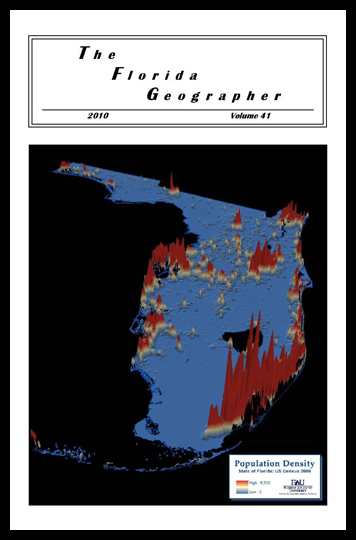Neighborhood Change in Miami’s Little Havana; A Demographic Analysis from 1970 to 2000
Keywords:
Cuban Americans --Forida --Miami --Social life and customs --Pictorial works, Little Havana (Miami, Fla.) --History --Pictorial works, Fla.) --Social life and customs --Pictorial works, Hispanic Americans --Social conditionsAbstract
Cities of the world are constantly changing and part of this change takes place at the neighborhood level. The aging of physical structures, the aging of the residents, and the movement of people in and out of the neighborhood are the components that give neighborhoods a life cycle (Knox, 2005). This paper explores neighborhood change in a region of the city of Miami that is known as Little Havana. See Map 1. The name 'Little Havana' does not appropriately describe the changes that have taken place in the neighborhood; in fact, it only portrays one facet of the total change. Nonetheless, the name has remained attached to the area and has hidden its rich history and dynamism while sending the false impression of Little Havana as a monoculture neighborhood. Hence, it is the overall objective of this paper to show that there is more to Little Havana than its stereotypical name suggests. Thus, this paper will raise the question ―How has Little Havana changed?‖ and it will be explored by looking at one of the most influencing factors of neighborhood change: its people (Knox, 2005).

